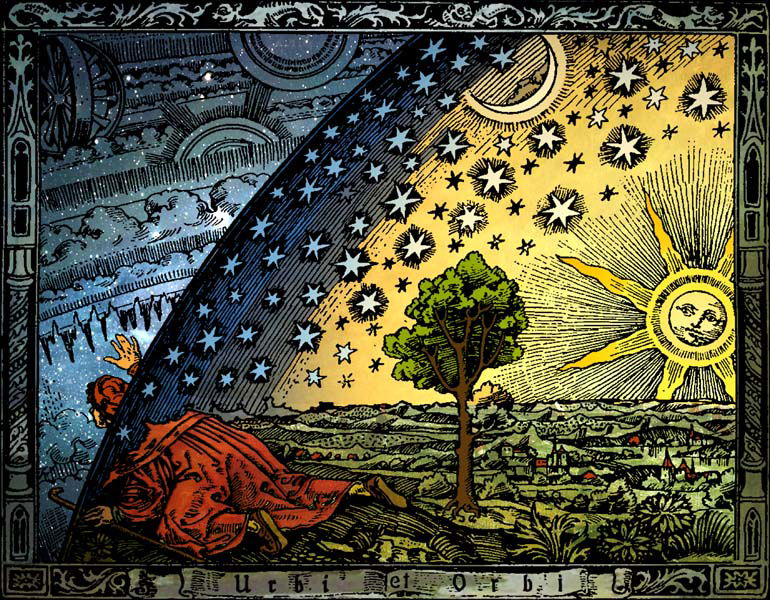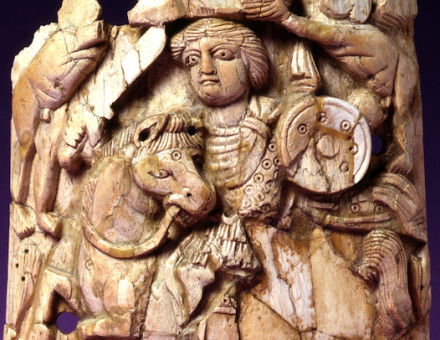Inventing the Flat Earth
Columbus braved superstition and ignorance by sailing across the Atlantic when his contemporaries thought he would fall off the edge. So runs the legend, but Jeffrey Russell reveals here how the Middle Ages were maligned by the creative fiction of subsequent generations.
 The story of Christopher Columbus's first voyage to the New World continues to be accompanied by a persistent and monumental error: the almost universally accepted fable that Columbus proved that the earth is round, to the astonishment of his contemporaries, who believed that it was flat and that one might sail off the edge. To put it in more sophisticated terms: the error is that one purpose, and certainly one result, of Columbus' voyage was to prove to medieval sceptics that the earth was round. In reality there were no sceptics, as educated people throughout Europe knew the earth's spherical shape and its approximate circumference.
The story of Christopher Columbus's first voyage to the New World continues to be accompanied by a persistent and monumental error: the almost universally accepted fable that Columbus proved that the earth is round, to the astonishment of his contemporaries, who believed that it was flat and that one might sail off the edge. To put it in more sophisticated terms: the error is that one purpose, and certainly one result, of Columbus' voyage was to prove to medieval sceptics that the earth was round. In reality there were no sceptics, as educated people throughout Europe knew the earth's spherical shape and its approximate circumference.





